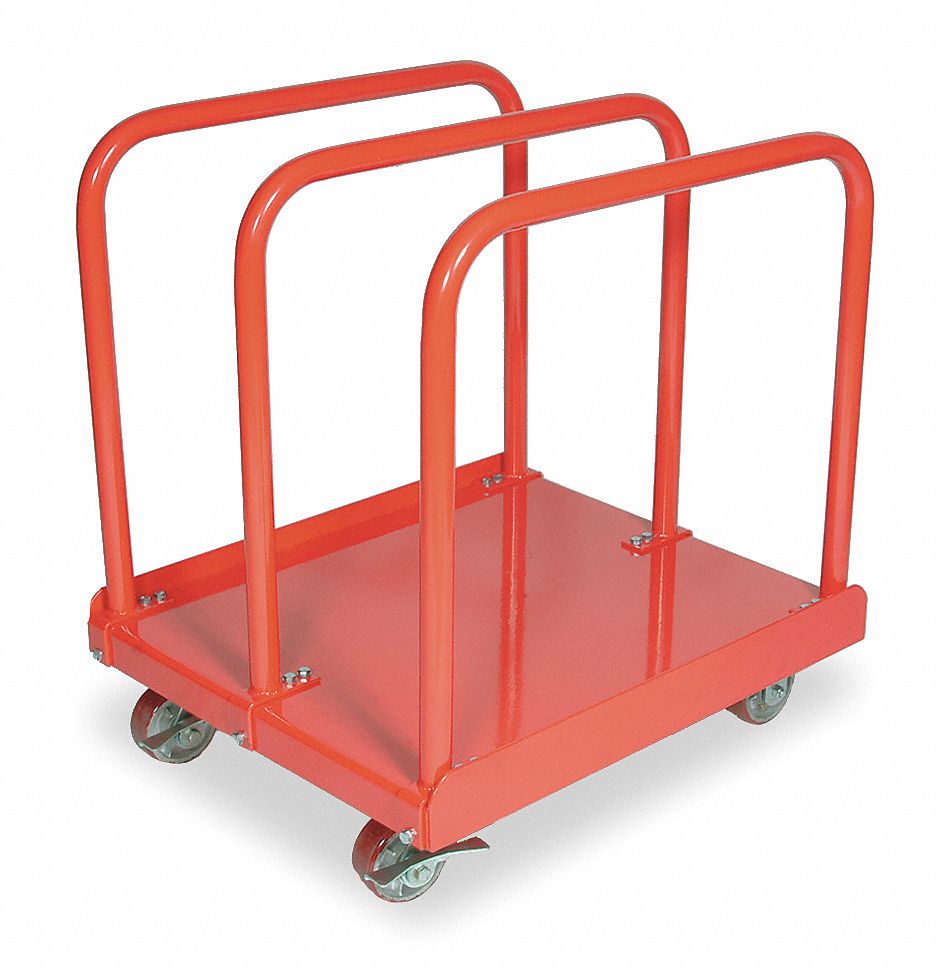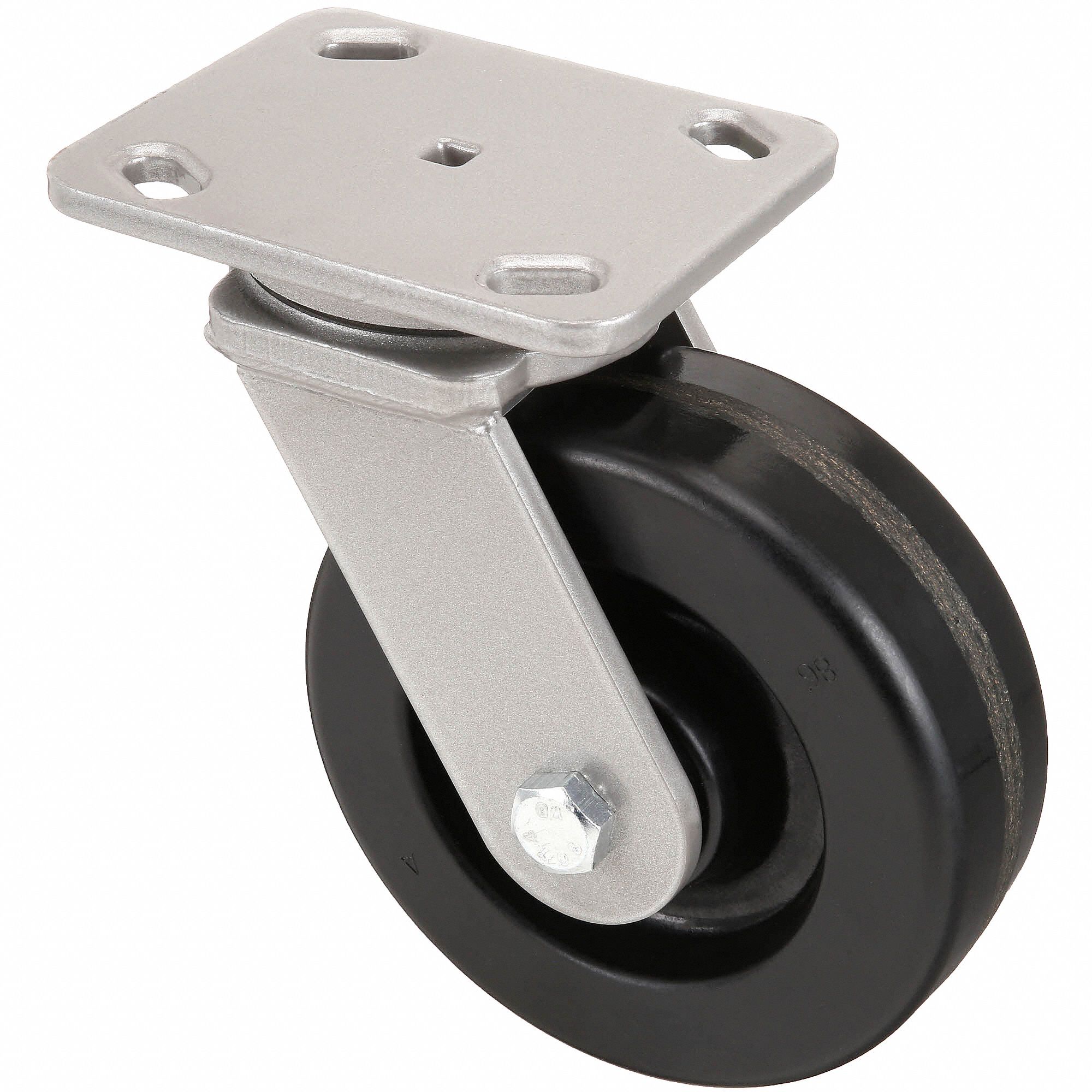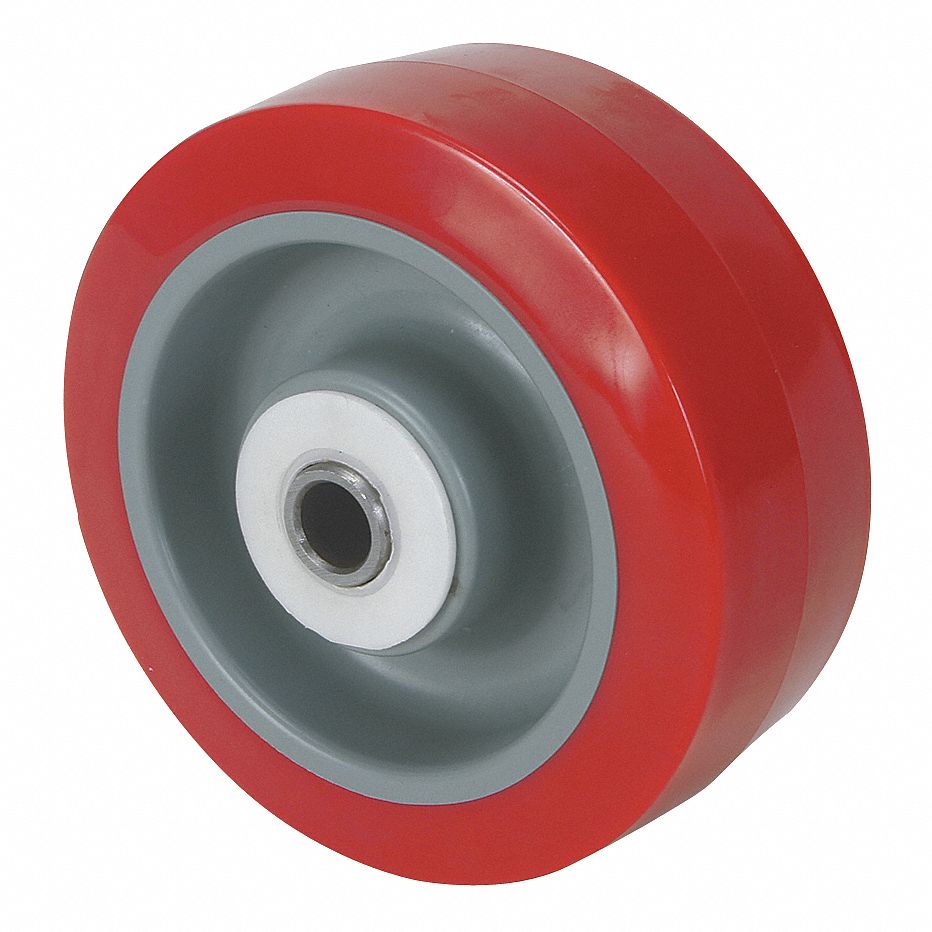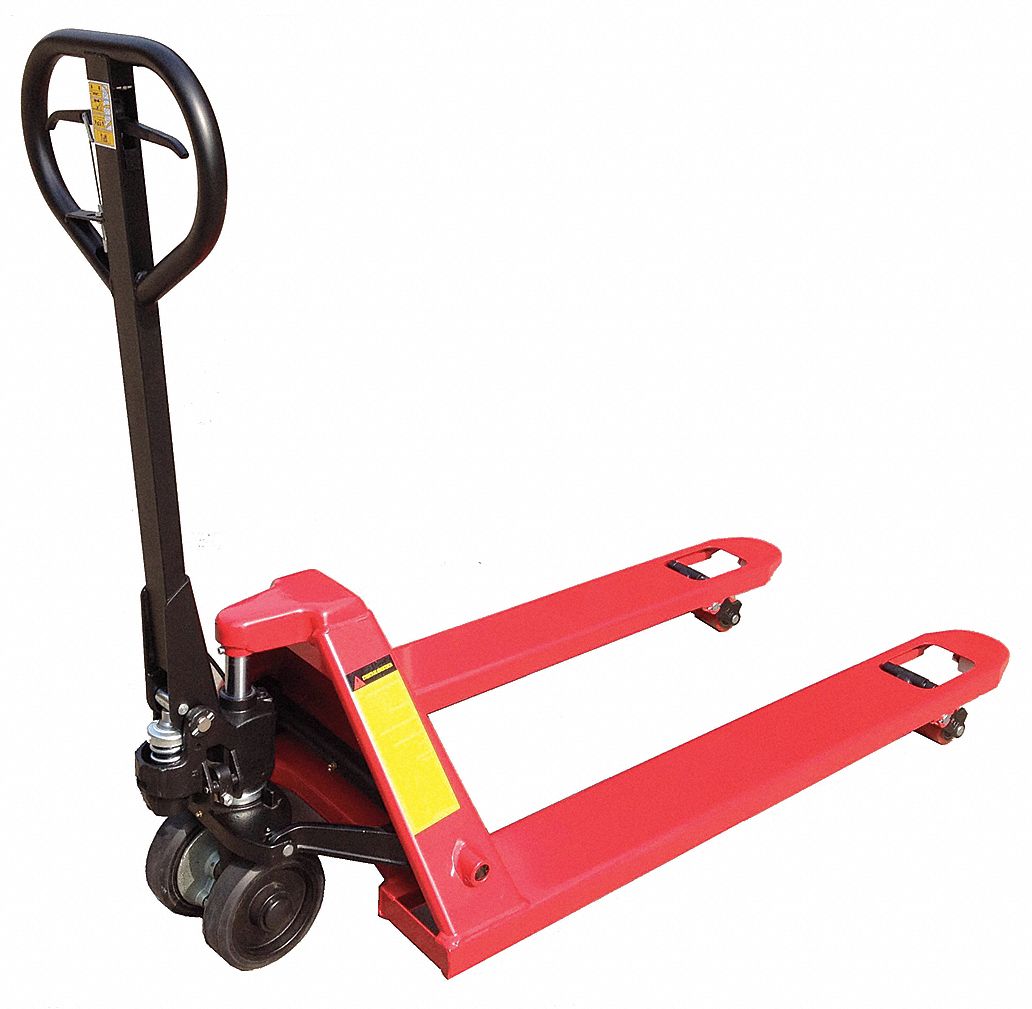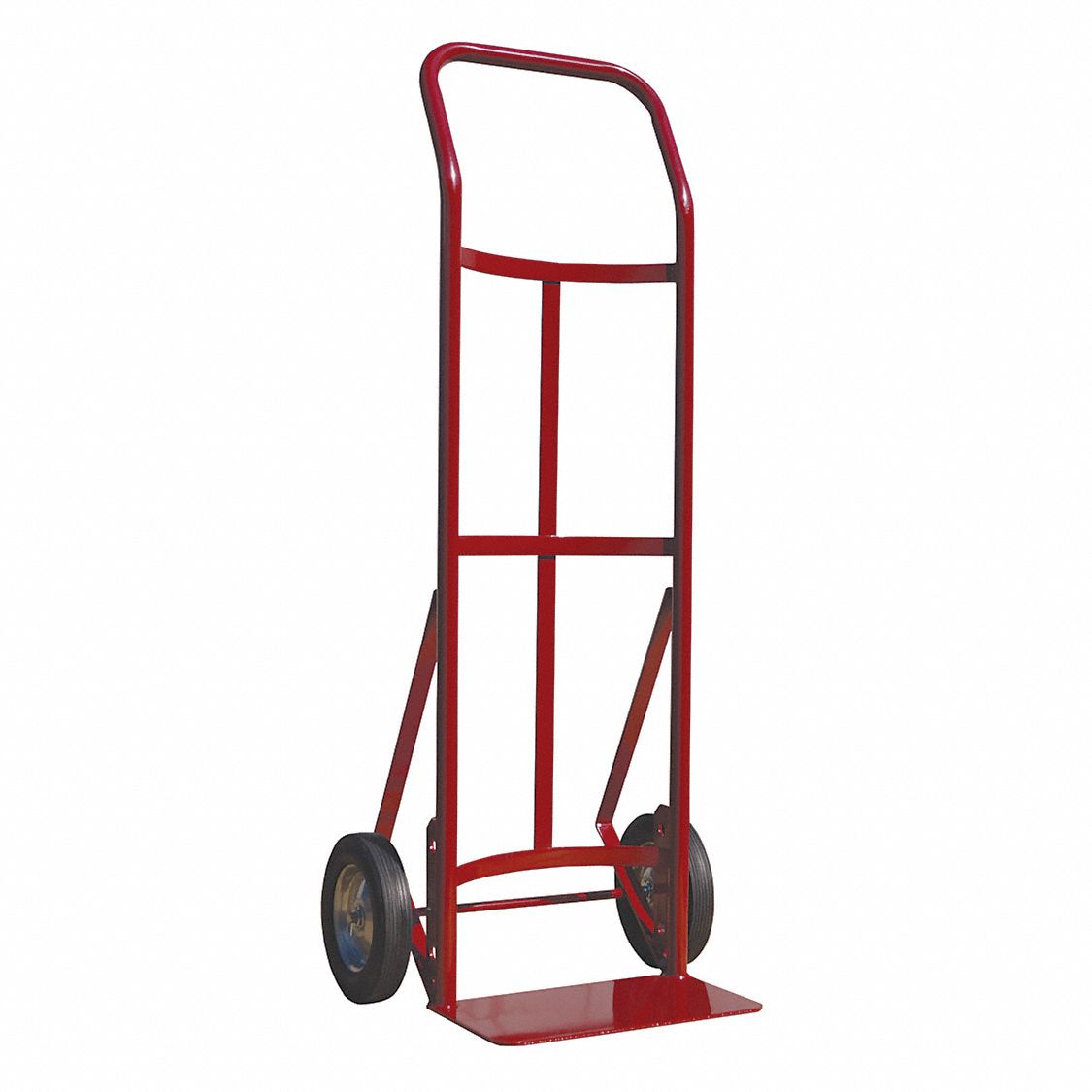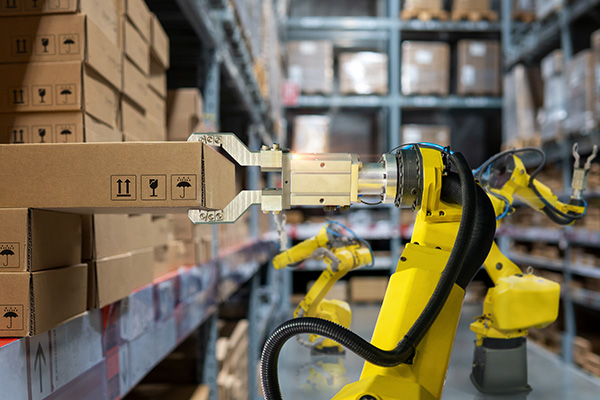

5 Ways Automation Solves Common Warehouse Issues
By Grainger Editorial Staff 5/18/20


Warehouse managers can wear many hats throughout a typical workday, with duties ranging from human resources manager to productivity specialist, logistics handler to maintenance expert. In addition to these important responsibilities, warehouse managers have one goal: to operate at peak performance more often and for longer periods of time.
Many warehouse managers are turning to automation to improve productivity and accuracy. The 2019 Usage and Implementation of Warehouse and DC Automation Solutions survey found that warehouses employ full or partial automation in five key areas:
- Automated conveyance (42%)
- Labeling operations (38%)
- Reporting (57%)
- Replenishment (35%)
- Packaging (23%)
Here are five common challenges that warehouse automation can help improve.
1. Seasonal Fluctuations
Many warehouses deal with shifts in demand depending on the season. A general retailer, for instance, may see a large uptick around the holidays, while a water sports retailer's busy season will most likely occur leading into the summer months.
How to Overcome Seasonality With Artificial Intelligence (AI)
Multichannel Merchant suggests creating a hot-pick zone of items likely to be ordered, which can help warehouses save time during the picking process. However, the most popular items often change quickly based on seasons, sales and trends. By leveraging AI technology, writes Forbes, managers can predict which items are likely to be popular. This starts with AI analyzing massive amounts of data and then providing important factors that can be applied to determine the optimal quantity of a certain product. While this requires warehouses to have substantial amounts of data to feed the algorithm, AI can then improve the accuracy of forecasting per season. Further innovations leveraging AI include "neural nets," a subset of deep learning that aims to replicate human decision-making and employs forecasting technology not bound by a time series approach, as well as machine learning that can run multiple forecasting models and predict the most accurate one.
2. Accurate Inventory Management
As more industry innovations emerge, warehouses must revamp their inventory management processes in order to meet growing demand.
How to Solve Inventory Management Issues with Warehouse Management Software (WMS)
While warehouse automation increases efficiency, gains are limited if your tools all perform and function separately, and you have to resort to managing and coordinating all of the technology manually. GlobalTrade recommends using WMS to tie all your automated processes together and track key performance indicators (KPIs). By using smart shelves, for example, warehouse managers can have an accurate count of inventory at all times, as well as integration with RFID and bar code scanning, according to GlobalCon Freight Systems. Common warehouse KPIs, according to Voodoo Robotics, include inventory sales ratio, picking productivity and picking/packing costs.
Through a WMS, you can set KPIs and continually track metrics to monitor areas for improvement in real time. When designing metrics, keep KPIs straightforward—think about your warehouse goals and then decide on measurable metrics that help you determine if you have met those goals. Furthermore, consider KPIs that offer actionable data you can use to make changes to your management strategy—the inventory sales KPI, for instance, lets you know if you need to order less inventory to reduce storage charges.
3. Increased Customer Expectations for Delivery Speed
As consumers get more accustomed to two-day and even same-day delivery from large companies, these expectations don't change when placing orders with smaller companies. McKinsey & Company notes most retailers expect their suppliers to shoulder the brunt of accelerated timelines as they work to fulfill their delivery expectations.
How to Overcome Tight Timelines With Automated Picking
Physically moving to different areas throughout the warehouse to pick products is time-consuming and tiring for employees. 6 Rivers Systems defines automated picking as using robotic technologies to enhance human picking. By implementing this technology, walking time can be reduced and picking routes shortened. For example, many warehouses use robots to bring products to the packer when the specific item is needed, according to Search ERP.
More warehouses are combining robotics with human skill to improve efficiency and speed, as well as overall customer experience. Take grocery delivery operations, for instance. To ensure quality, an employee picks the fresh items for the delivery like produce and vegetables. At the same time, robots pick out the packaged and canned goods for the order.
4. Hiring and Retaining Employees
Since warehouse staffing needs often change, finding the right employees can be a challenge. According to a 2018 Warehouse and Distribution Center (DC) Operations Survey, 55 percent of respondents said that an inability to attract and retain a qualified hourly workforce is a critical issue.
How to Overcome Employee Retention Issues by Automating Picking and Using AI
According to a study conducted by Kronos, 95 percent of human resources leaders say burnout causes employees to leave, which means companies looking to increase retention must specifically address burnout. However, one AI product in particular, CNBC reported can now help companies predict with 95 percent accuracy which employees are likely to quit. Management can then intervene to help retain valuable employees at risk.
By using technology strategically, Supply and Demand Executive found that tasks dangerous to humans can be automated, better preventing potential injury on the job. Furthermore, workers are then free to focus on more meaningful, sophisticated tasks, such as supervising automated equipment, analyzing data and managing products that require special human handling. These positions can attract a new wave of employees who you can train and career-coach.
5. Unplanned Downtime From Maintenance Issues
According to PricewaterhouseCoopers report on Predictive Maintenance 4.0, Internet of Things (IoT) technology allows warehouses to more accurately predict issues before they happen and proactively perform maintenance and repairs.
Overcoming Downtime Due to Maintenance With IoT Sensors and AI
PricewaterhouseCoopers recommends that factories and warehouses collect performance data through IoT sensors. This technology notifies managers when a machine is showing signs of a potential problem so they can proactively fix the issue and avoid unplanned downtime. The report found facilities using IoT technology for predictive maintenance reduced costs by 12 percent, improved uptime by 9 percent and extended the life of their machines by 20 percent. For example, a sensor detects that the production speed of a machine is slightly lower than average. Leveraging AI, managers find that the likely cause is a timing belt poised to break soon. By taking the machine offline before it breaks, the company can reduce the cost of fixing and damage to other parts, as well as increased uptime.
While finding and implementing automation requires upfront research and effort—selecting the right technology, creating new processes and evaluating performance—once these automated processes are in place, your warehouse will likely see significant improvement in the key areas of company profitability, speed and accuracy. And, by proactively solving each of these problems and incorporating their functions into the daily workdays of your staff, your employees are likely to show higher job satisfaction and retention, as well as benefit from new cutting-edge skills. This will help your warehouse to operate at its highest efficiency today, tomorrow and far into the future.
For more on warehouse efficiency, check out this interview with Mike Calabro, Operations Manager of the DVD Netflix Warehouse.
The information contained in this article is intended for general information purposes only and is based on information available as of the initial date of publication. No representation is made that the information or references are complete or remain current. This article is not a substitute for review of current applicable government regulations, industry standards, or other standards specific to your business and/or activities and should not be construed as legal advice or opinion. Readers with specific questions should refer to the applicable standards or consult with an attorney.

